Retinol Routines: How Often for Best Results?
Retinol Routines: How Often for Best Results?
Retinol is hailed as a skincare powerhouse, revered for its ability to renew skin, diminish wrinkles, and combat acne. However, incorporating retinol into your skincare routine requires a nuanced approach to harness its benefits fully while minimizing potential irritation. This blog delves into the optimal frequency for applying retinol, ensuring you achieve the best results for your skin type and concerns.
Understanding Retinol
Before we dive into routines, it's crucial to understand what retinol is. Retinol is a form of Vitamin A, which is essential for skin health. It works by accelerating cell turnover, aiding in the removal of dead skin cells, and stimulating collagen production. This process helps to smooth fine lines, even skin tone, and improve texture. However, retinol can also cause dryness, redness, and peeling, especially when you first start using it or if applied too frequently.
Starting Your Retinol Journey

Identify Your Skin Type: The key to incorporating retinol successfully into your skincare regimen begins with understanding your skin type. Dry, sensitive skin types may require a more cautious approach compared to oily, resilient skin.
Choose the Right Concentration: Retinol products come in various concentrations, typically ranging from 0.25% to 1.0%. Beginners should start with a lower concentration to allow the skin to adjust.
Patch Test: Before applying retinol to your face, conduct a patch test on a small area of skin to ensure no adverse reactions occur.
Frequency Guidelines
Begin Slowly: Start by applying retinol once a week, gradually increasing the frequency to allow your skin to adapt without causing irritation.
- For Sensitive Skin: Start with once a week, gradually moving to twice a week after a month or more, depending on how your skin reacts.
- For More Resilient Skin: You may begin applying retinol twice a week, increasing to every other night as tolerated.
Listen to Your Skin: The goal is to reach a point where you can apply retinol most nights of the week. However, if you experience irritation, reduce the frequency.
Optimizing Your Routine

Nighttime Is Prime Time: Apply retinol at night, as it can make your skin more sensitive to sunlight. Plus, skin repair mechanisms are more active during sleep.
Use a Pea-Sized Amount: A little goes a long way with retinol. Apply a pea-sized amount evenly across your face, avoiding the eye area.
Follow with Moisturizer: To mitigate dryness, follow up with a nourishing moisturizer. This step is crucial to keep your skin hydrated and comfortable.
Don’t Forget Sunscreen: Daily sunscreen use is non-negotiable when using retinol, as it increases sun sensitivity. Apply a broad-spectrum SPF of 30 or higher every morning.
Advanced Tips
Adjust as Needed: Seasonal changes, hormonal fluctuations, and stress can affect your skin’s tolerance. Be prepared to adjust your retinol frequency accordingly.
Patience Pays Off: It can take several weeks to see visible improvements in your skin. Consistency and patience are key to achieving the best results with retinol.
Conclusion
Incorporating retinol into your skincare routine can transform your skin, but it requires a tailored approach to frequency and application. Starting slow, listening to your skin, and adjusting your routine as needed can help you maximize the benefits of retinol while minimizing potential drawbacks. Remember, skincare is a journey, and with the right approach, retinol can be a valuable ally in achieving radiant, youthful skin.
By following these guidelines and adjusting your retinol routine to fit your unique skin needs, you're well on your way to harnessing the full potential of this remarkable ingredient. With patience and care, the results can be truly transformative, revealing smoother, more vibrant skin that glows with health.


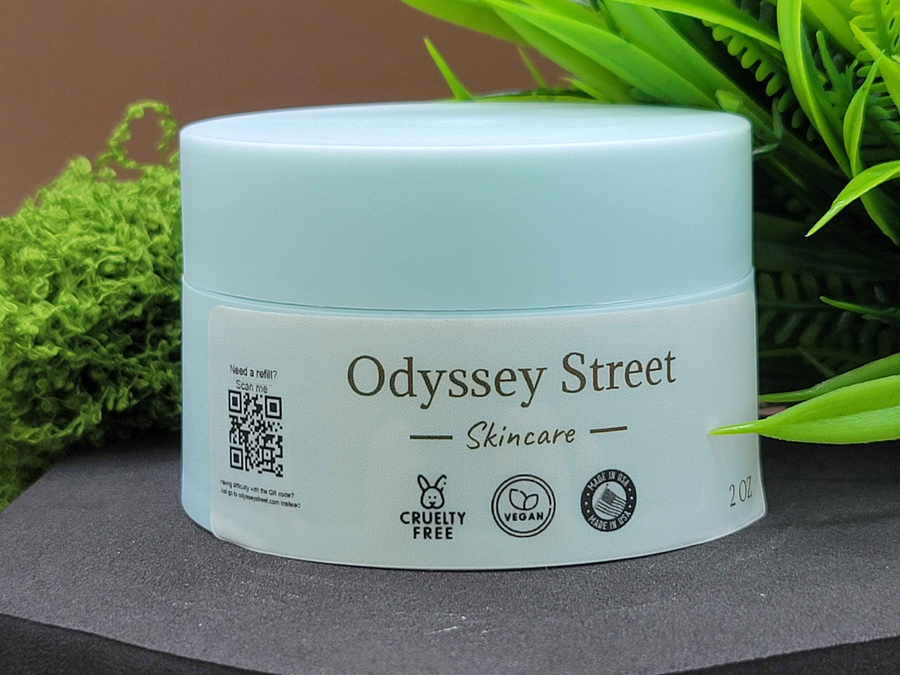
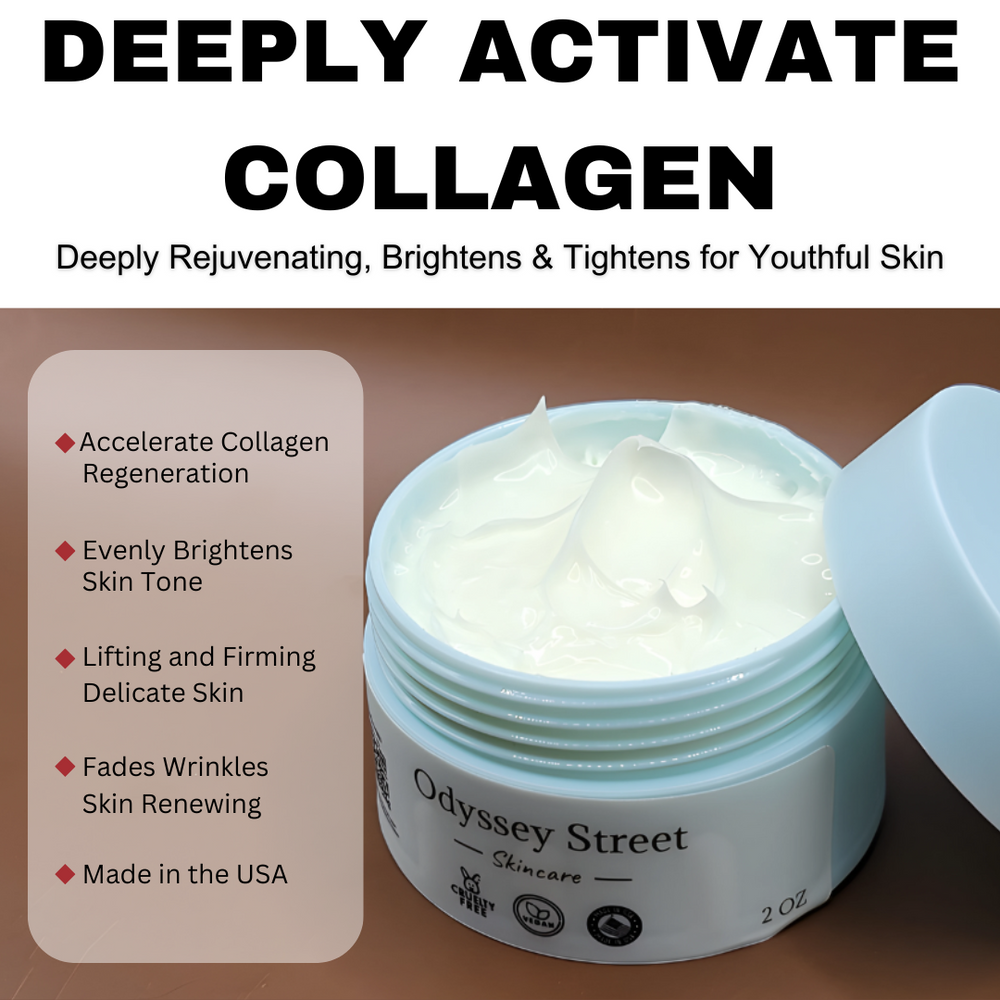




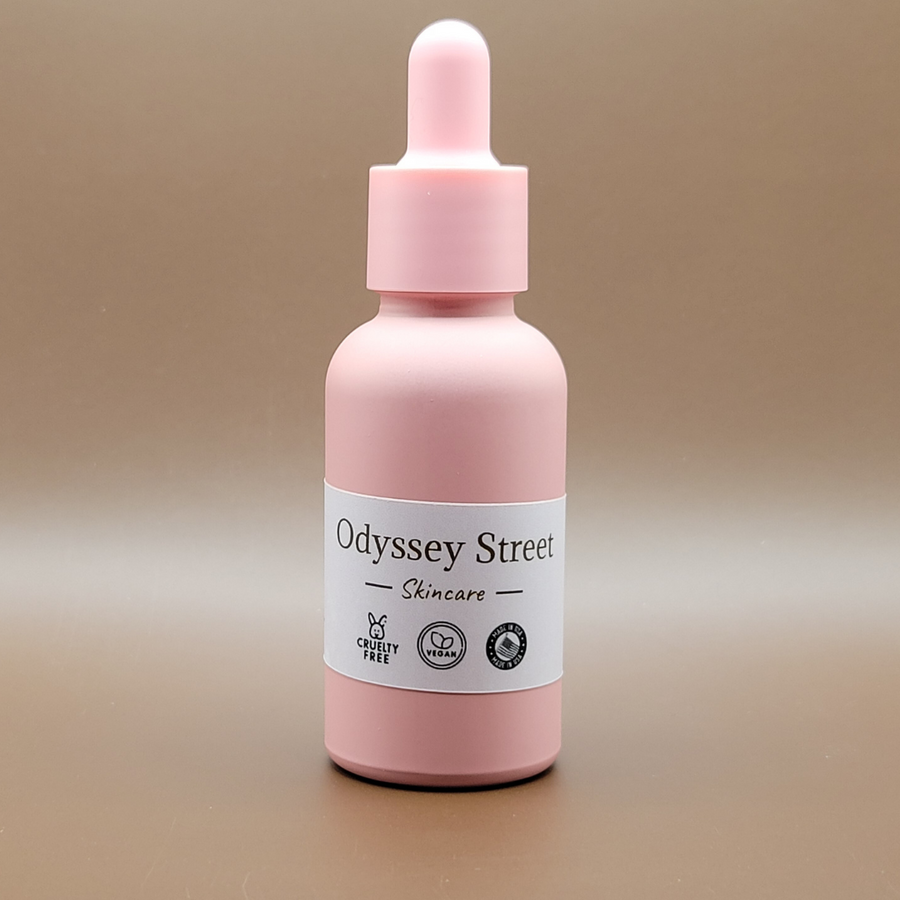
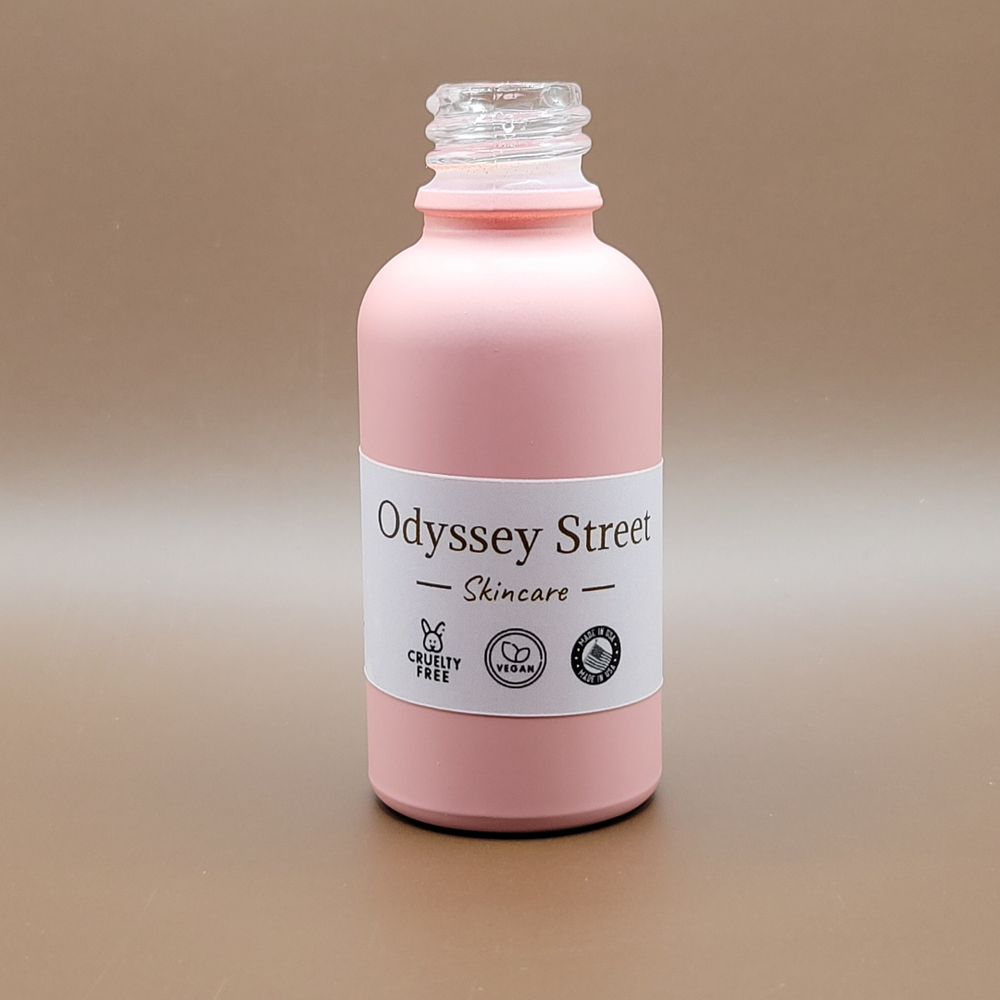
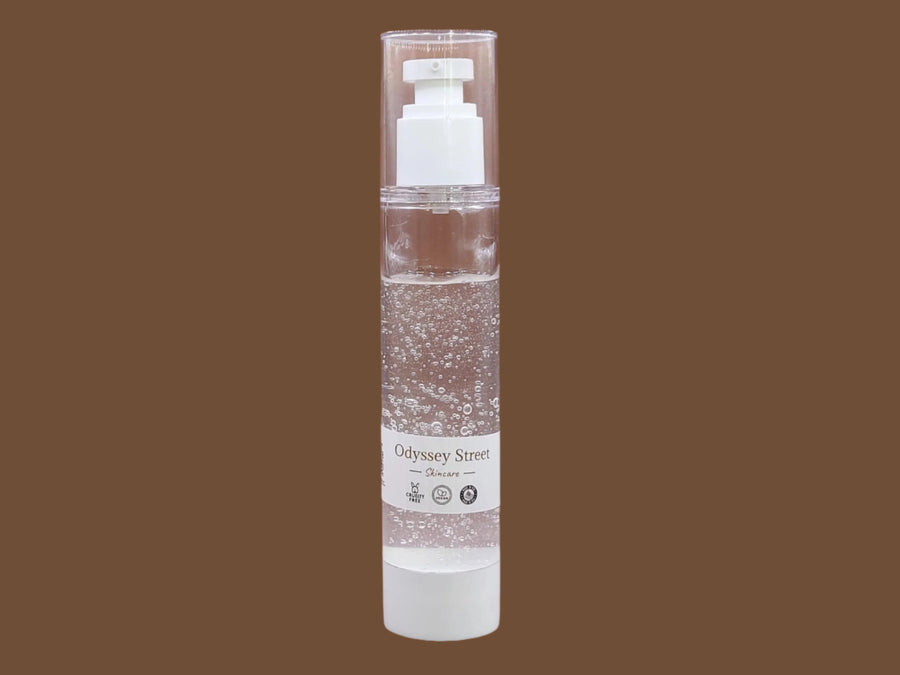




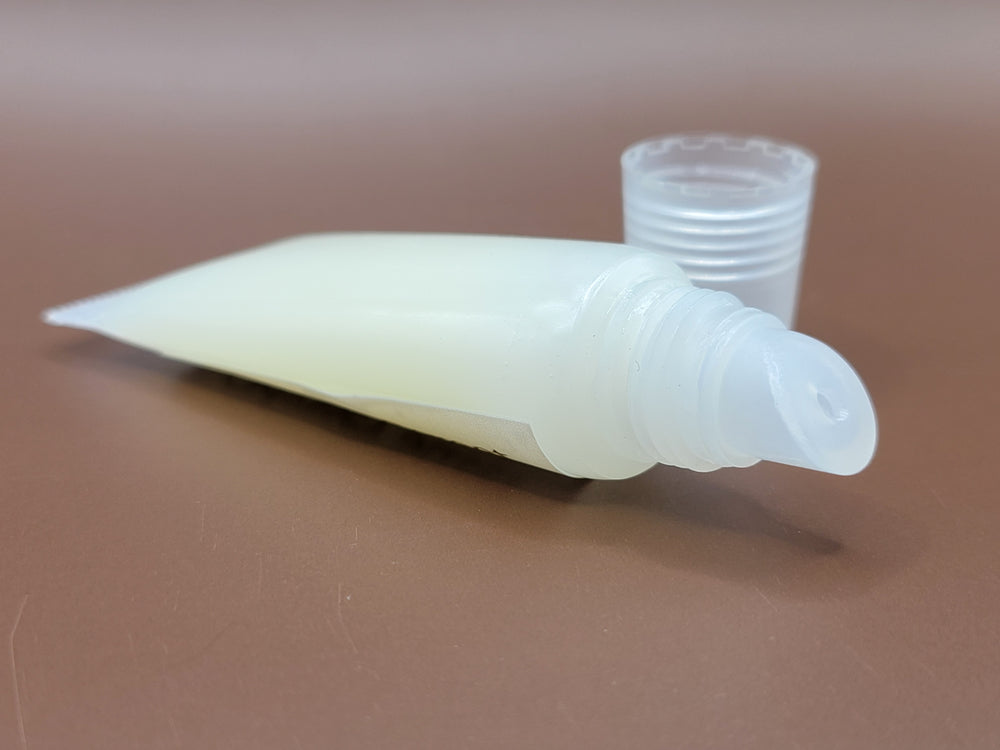
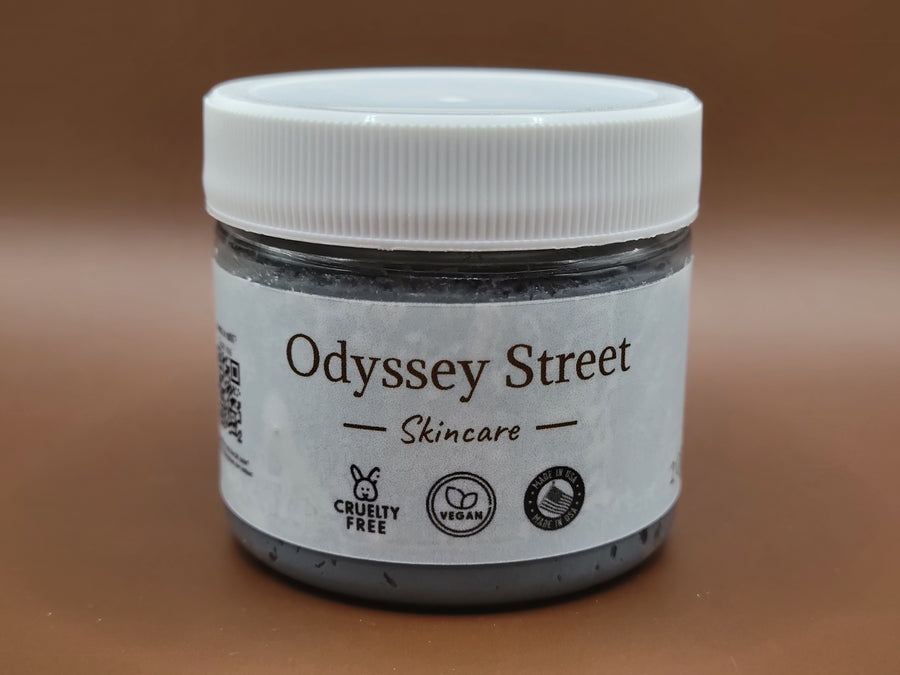
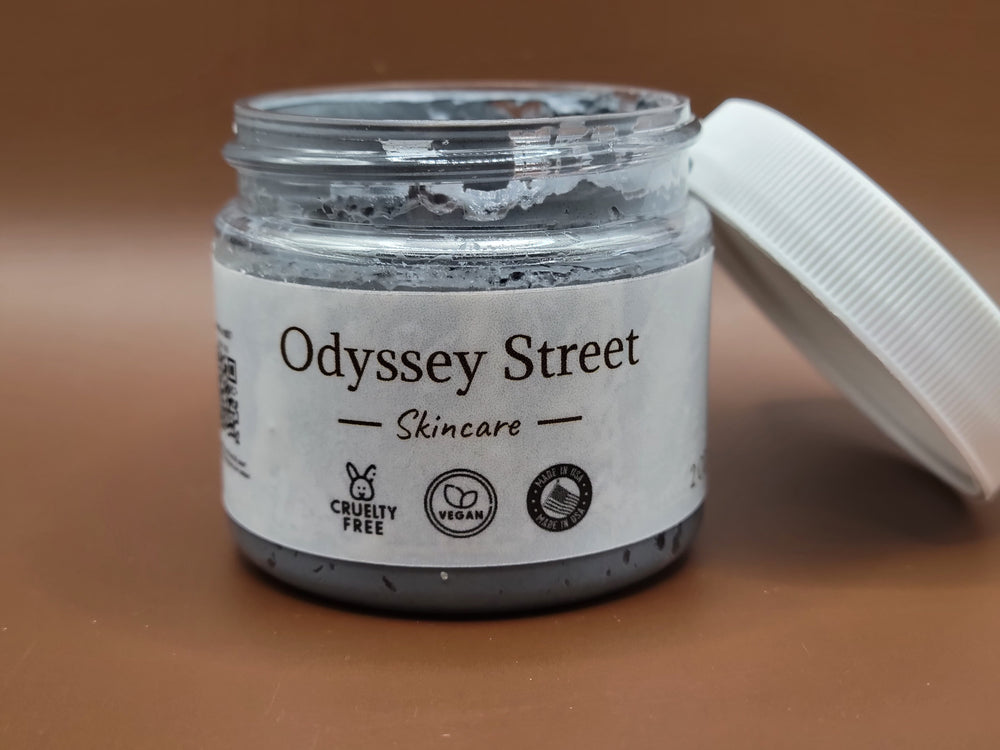
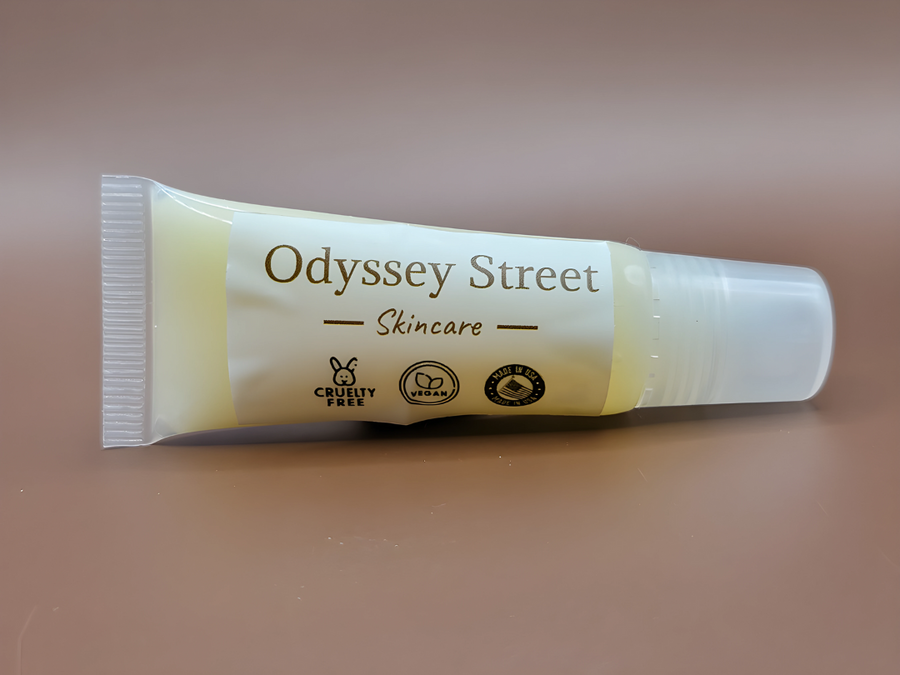
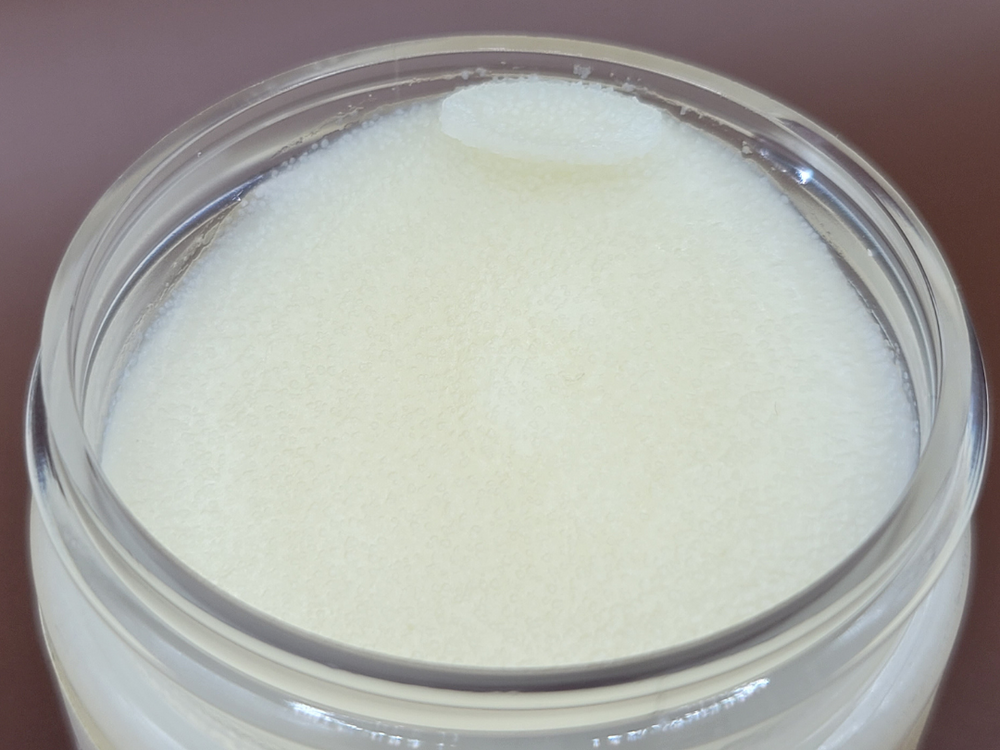

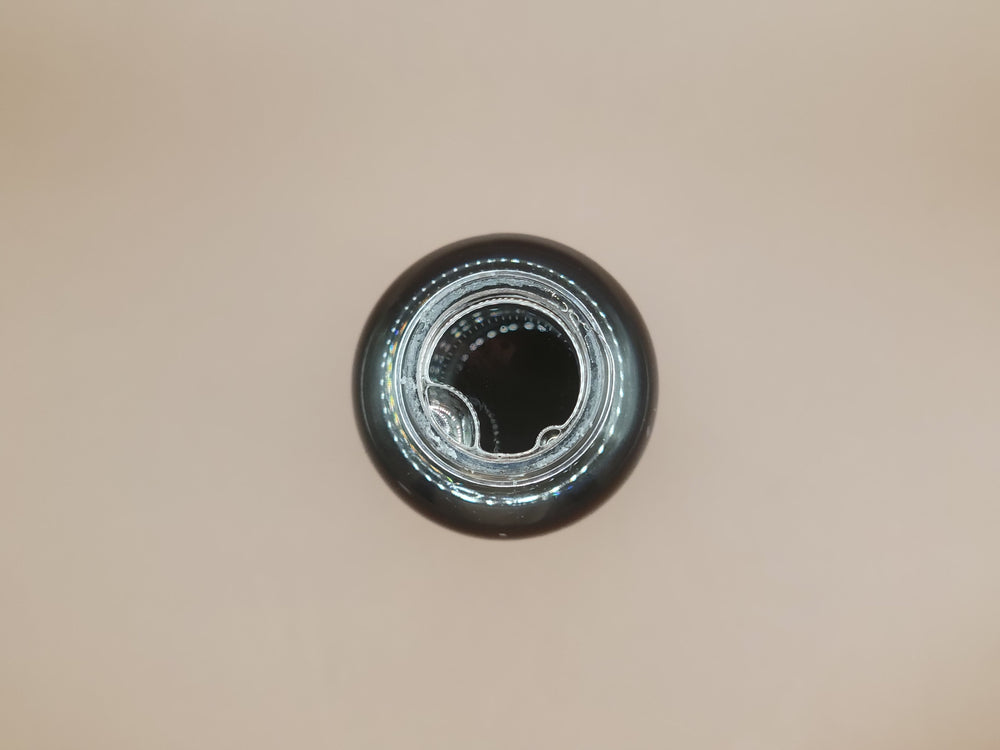
Leave a comment